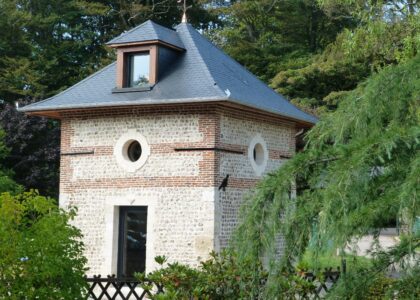Welcome to the Santa Cruz Mission State Historic Park, a site of rich history and cultural significance. Perched atop a bluff overlooking downtown Santa Cruz, this park is home to the last remaining building of the original Mission Santa Cruz, founded on August 28, 1791, by Father Fermín Francisco de Lasuén. This mission was the twelfth in the chain of 21 Spanish missions established in California. Initially located near the San Lorenzo River’s mouth, the mission was quickly moved to higher ground to avoid flooding.
The adobe structure standing today was built between 1822 and 1824 and served as housing for the Indigenous families who lived and worked at the mission. The mission was part of Spain’s efforts to convert local Indigenous populations, including the Amah Mutsun and Yokuts people, to Christianity. The mission complex once consisted of 32 buildings, including a large church, barracks, and gardens producing crops like wheat, barley, and corn. It was a thriving community, home to over 500 neophytes by the late 1790s.
However, the mission’s prosperity was short-lived. In 1812, the mission faced tragedy when Father Andrés Quintana was killed by neophytes in response to his harsh disciplinary methods. The mission was secularized in 1834, leading to its decline as land and resources were redistributed. The original mission church was damaged in an 1857 earthquake and was eventually replaced by the Holy Cross Catholic Church, which stands today.
Throughout its history, the mission site has seen a mix of cultures and influences. Notable figures such as Father Junípero Serra played significant roles in the mission’s establishment and expansion of the mission system. The park now serves to educate visitors about the complex history of the mission era, including the impact on Native American communities.
Today, the Santa Cruz Mission State Historic Park offers self-guided tours and exhibits that delve into the lives of the Ohlone and Yokuts people, providing a window into the past. Visitors can explore the adobe’s cool, dark rooms and enjoy views of Monterey Bay, reflecting on the site’s historical significance and the stories of resilience and adaptation that it embodies.




